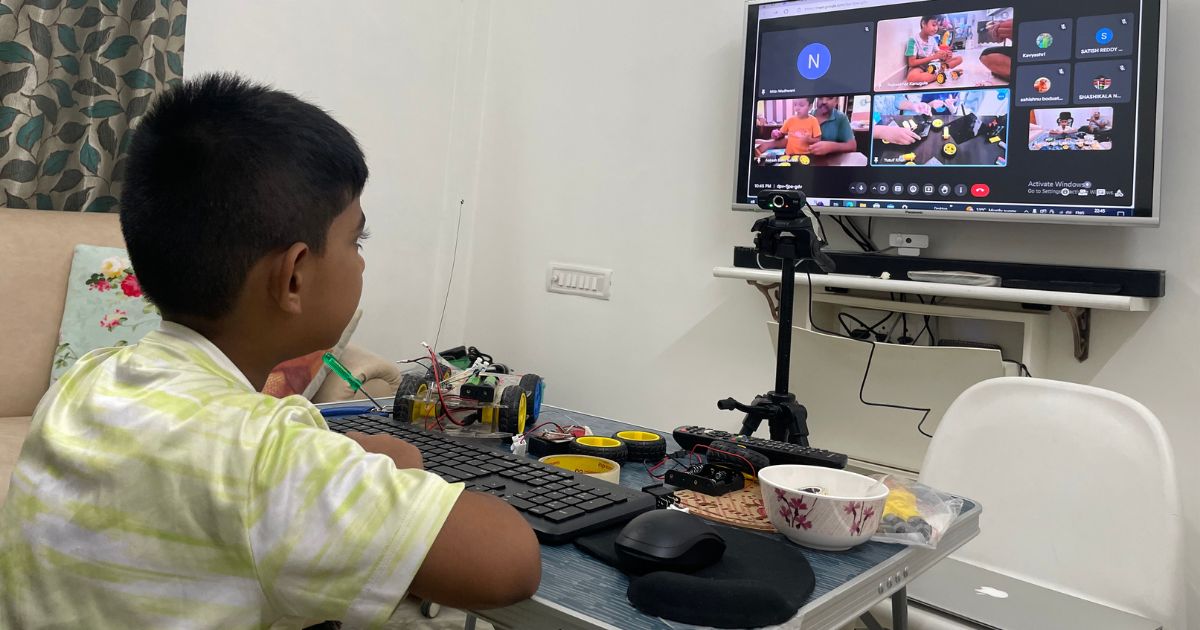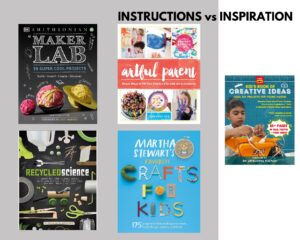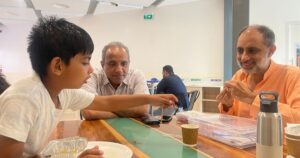In today’s rapidly evolving world, the concept of learning is more critical than ever. We live in an era where information is at our fingertips, accessible at any moment. However, there’s a significant distinction between accumulating knowledge and truly understanding and applying it. This distinction becomes particularly evident when we consider the process of sharing knowledge. Learning without sharing can often result in mere accumulation of information, devoid of the deep benefits that come with imparting knowledge to others.
The Accumulation of Knowledge
With the advent of the internet and digital technologies, information overload is a common phenomenon. Children and adults alike can access vast amounts of data on virtually any subject. This accessibility has led to a situation where accumulating knowledge is easier than ever before. However, this accumulation often lacks depth and understanding. Information that is not processed, questioned, and discussed tends to remain superficial.
The Role of Sharing in Learning
Sharing knowledge is a powerful tool that transforms the learning process. When we share what we know, we engage in a deeper level of understanding. Explaining concepts to others requires us to organize our thoughts, clarify our understanding, and address any gaps in our knowledge. This process not only solidifies our grasp of the subject but also enhances our cognitive abilities.
1. Deepened Understanding
When a child shares what they have learned, they must process the information thoroughly. Sharing forces them to think critically about the subject matter, leading to a more profound and comprehensive understanding. It moves beyond rote memorization, allowing for a more meaningful connection with the material.
2. Retention and Recall
Studies have shown that sharing knowledge can significantly improve retention and recall. When students explain concepts to their peers, they reinforce their own learning. The act of sharing requires them to retrieve information from memory, which strengthens neural connections and improves long-term retention.
3. Development of Communication Skills
Sharing inherently involves communication. When children share, they learn to articulate their thoughts clearly and effectively. This practice enhances their verbal and interpersonal skills, which are crucial for personal and professional success. Effective communication is a skill that extends beyond the classroom and into all areas of life.
4. Confidence Building
Sharing builds confidence. When children successfully convey their knowledge to others, they experience a sense of accomplishment and competence. This boost in self-esteem encourages them to tackle new challenges and fosters a growth mindset. Confidence is a key ingredient in lifelong learning and personal development.
5. Critical Thinking and Problem-Solving
Sharing requires children to anticipate questions and think on their feet. They must be prepared to address misunderstandings and provide clear explanations. This process develops critical thinking and problem-solving skills. By sharing, children learn to analyze situations, consider different perspectives, and find solutions—abilities that are essential in all walks of life.
The Social Aspect of Sharing
Learning is often seen as an individual endeavor, but sharing introduces a social dimension. When children share their knowledge with peers, they engage in collaborative learning. This interaction fosters a sense of community and shared purpose. It also promotes empathy, as children must consider the needs and perspectives of their peers.
Practical Steps to Incorporate Sharing into Learning
1. Peer Teaching Programs
Schools and educational institutions can implement peer teaching programs. These programs can be structured to allow students to take turns sharing different subjects or topics. Peer teaching not only enhances learning but also builds a supportive and collaborative classroom environment.
2. Group Projects and Presentations
Encouraging group projects and presentations is another effective strategy. When students work together on projects, they naturally share their knowledge. Presenting their work to the class further reinforces their understanding and communication skills.
3. Family Involvement
Parents can play a crucial role by encouraging their children to share what they have learned at home. This can be as simple as asking children to explain their homework or share interesting facts they have discovered. Family discussions about what children are learning at school can provide additional opportunities for sharing and reinforcement.
4. Use of Technology
Technology can be leveraged to facilitate sharing. Educational platforms and apps can enable students to create tutorials, videos, or blog posts about what they have learned. These digital sharing tools provide an interactive and engaging way for children to share their knowledge.
Conclusion
Learning without sharing is indeed just accumulation without benefit. Sharing transforms learning from a passive process to an active, engaging, and meaningful experience. It deepens understanding, improves retention, enhances communication skills, builds confidence, and develops critical thinking abilities. By incorporating sharing into the learning process, we can ensure that knowledge is not just accumulated but truly understood, retained, and applied. This approach not only benefits individual learners but also fosters a culture of collaboration and shared growth.





